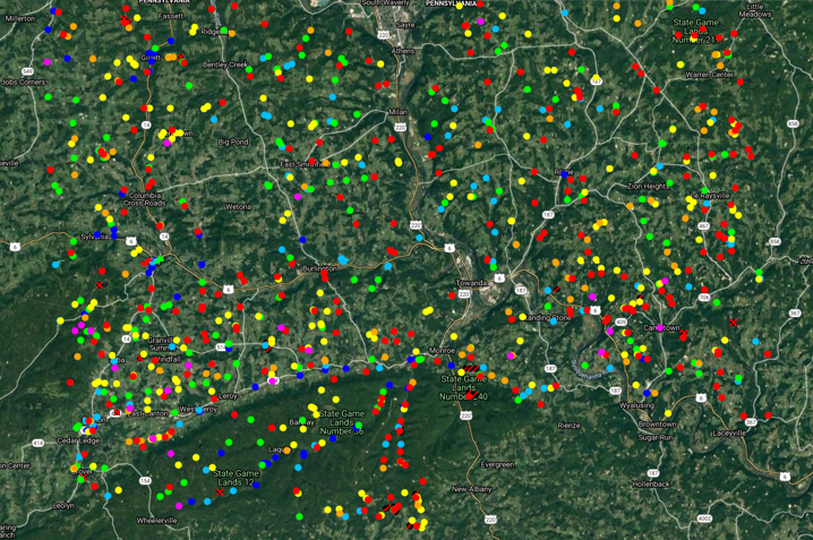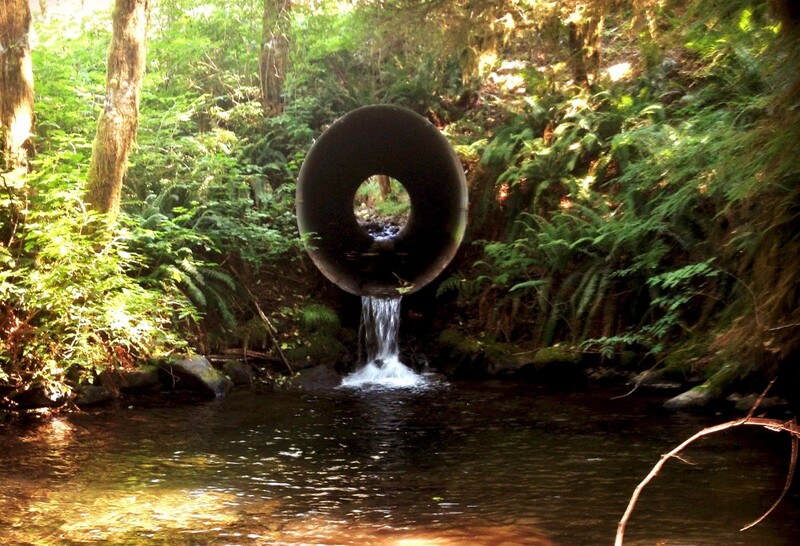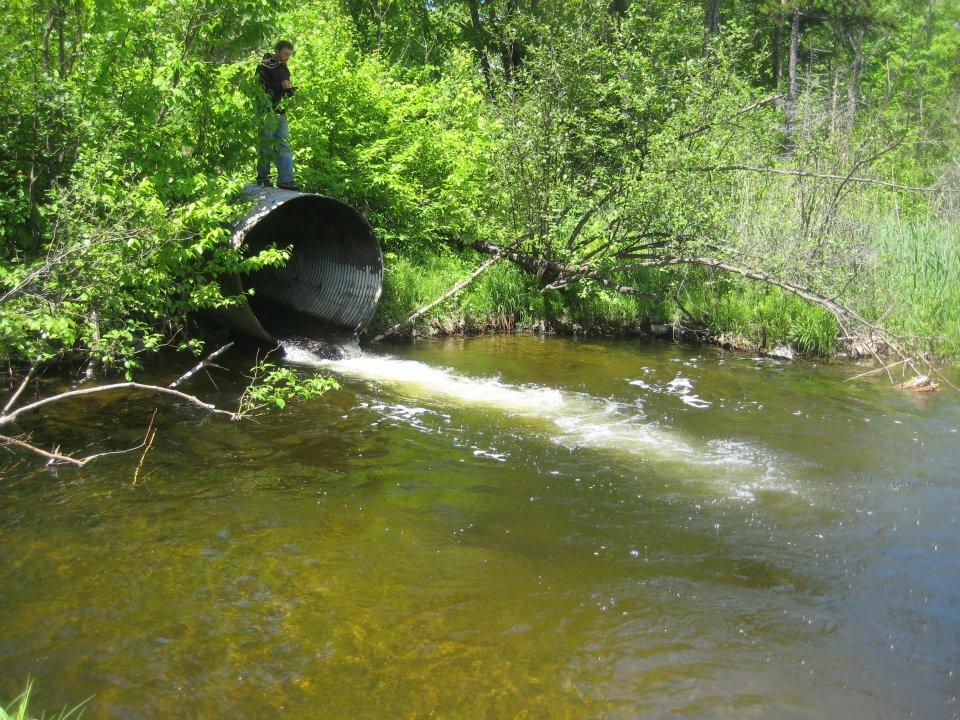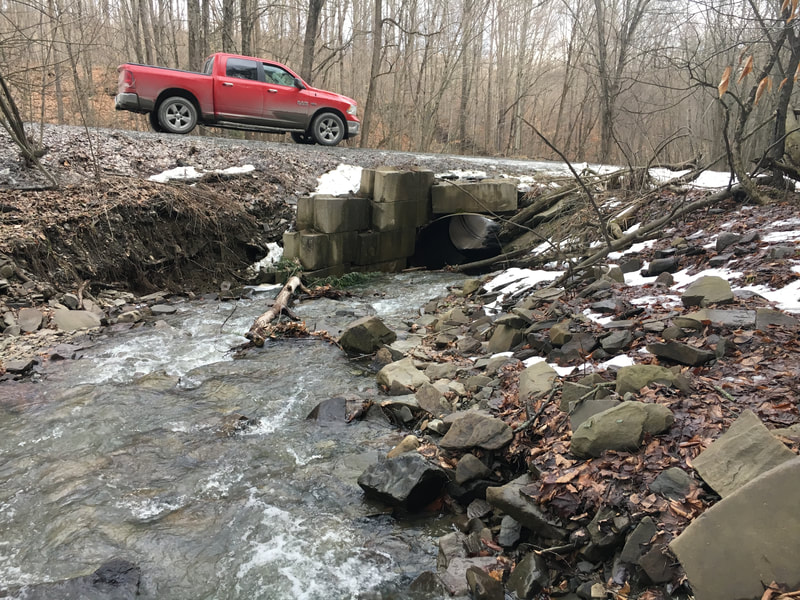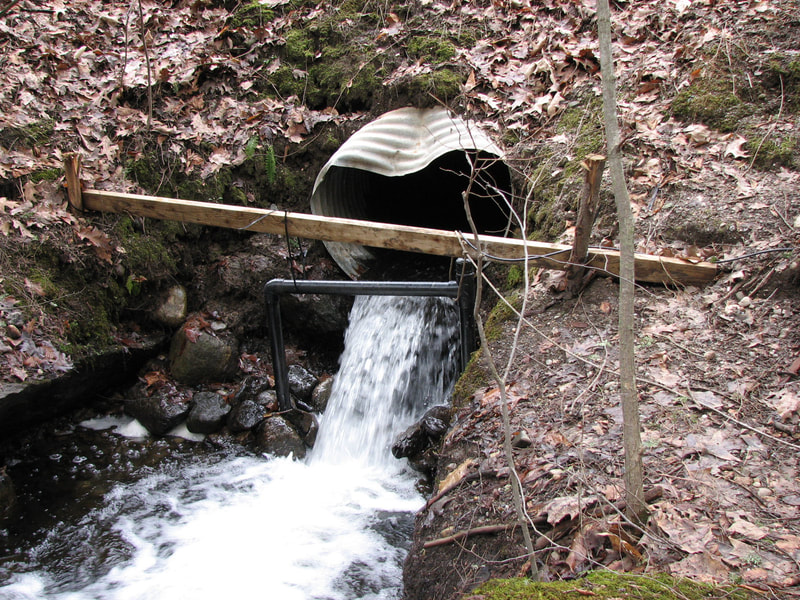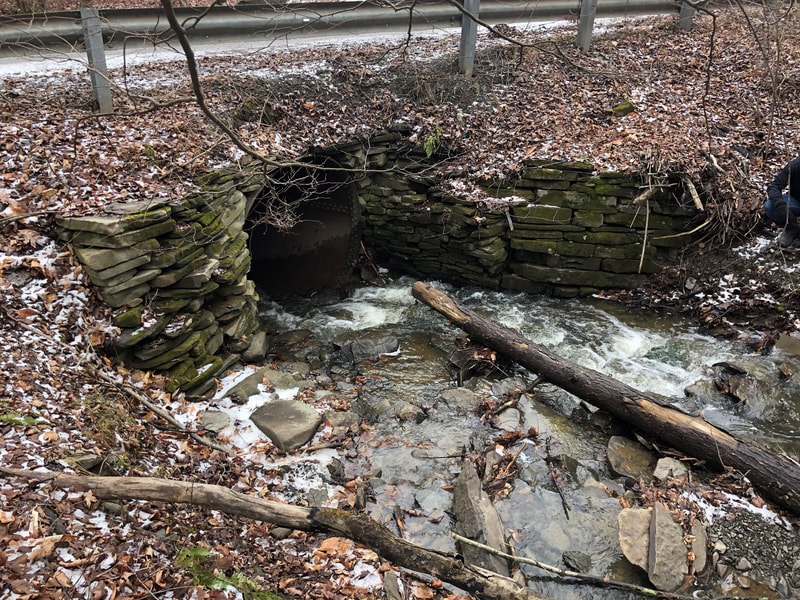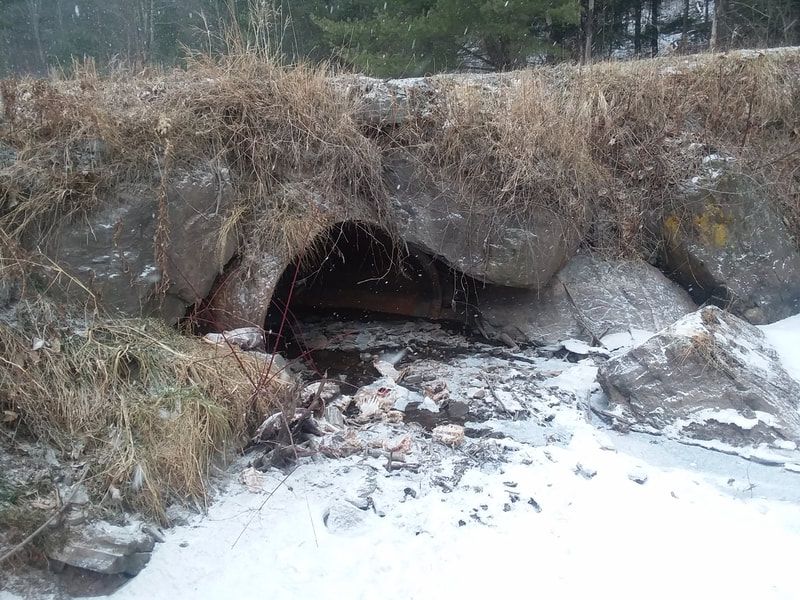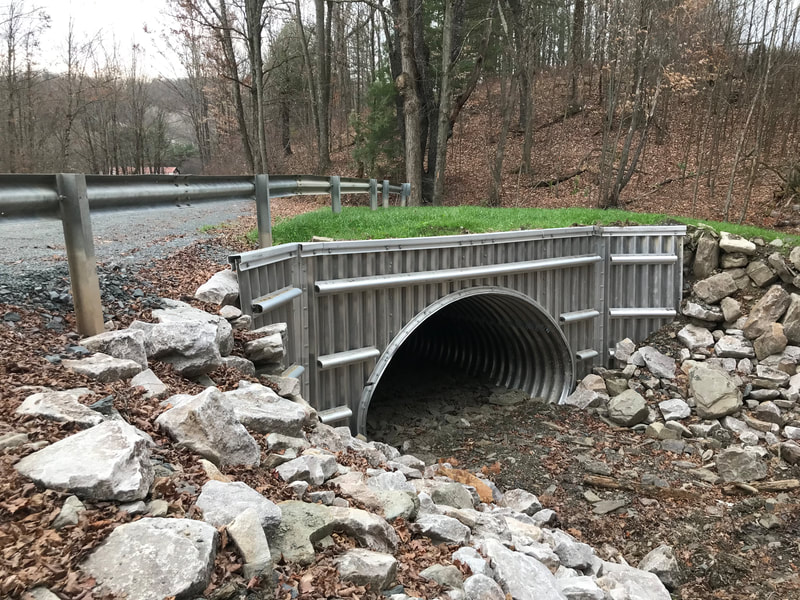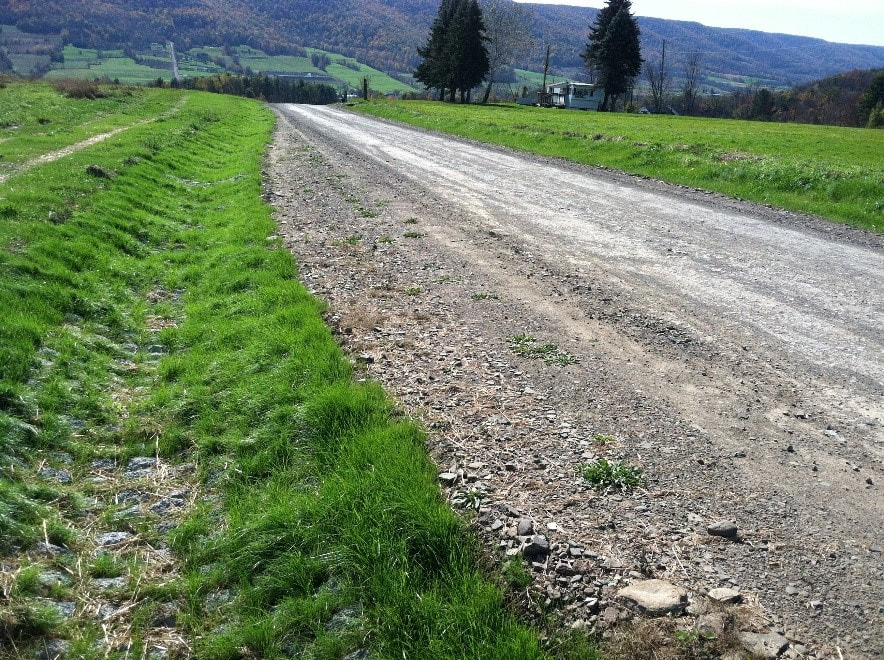We depend on stream crossings to safely pass roadways over streams and rivers. We also depend on healthy streams for clean water, recreation and many other benefits. The BCCD continues to learn more about the relationship between road-stream crossings and the effect that they have on the natural environment. Undersized or poorly designed stream crossings can fragment streams and disrupt the natural movement of water, sediment and aquatic organisms. They can also cause unnecessary flooding and streambank degradation during flooding events, which in turn is costing municipalities and communities more money for cleanup and repairs. By having a greater focus on modernizing outdated stream crossings it is the BCCD's hope to help reduce the severity of flooding events within our county.
Here in Bradford County, there are more than 1,000 road stream intersections, many of those crossings are severely undersized. Approximately 90% of all the stream crossing in the county have been individually assessed with the help of district staff and summer interns.
Here in Bradford County, there are more than 1,000 road stream intersections, many of those crossings are severely undersized. Approximately 90% of all the stream crossing in the county have been individually assessed with the help of district staff and summer interns.
Blue: None Aqua: Insignificant Green: Minor Yellow: Moderate Orange: Significant Red: Severe Magenta: Missing Data
Black Circle/Red X: No Crossing - Black Circle/Red Slash: New Crossing Pending
Black Circle/Red X: No Crossing - Black Circle/Red Slash: New Crossing Pending
Stream crossings that are too small, too high above the stream (perched) and/or have water depths that are too low all restrict the movement of water, sediment and organisms. Crossings can cause significant ecological problems if they block the movement of fish that depend upon traveling upstream and downstream at different parts of their life cycles. For example, many species of fish can only survive the summer heat by taking refuge in cooler water, while others may need to travel to breed and spawn. A large range of other animals, including amphibians, insects, reptiles and mammals also depend upon moving along healthy streams for their survival. Poorly designed stream crossings can also prevent sediment and woody debris from moving naturally through the channel, which can lead to an assortment of issues including; stream bank erosion, clogged pipe inlets and increased flooding. There are also significant costs associated with ongoing maintenance of clogged culverts, flooding, road repairs, stream bank repairs/protection, road closures and culvert repairs.
Undersized / Failing Stream Crossings
Multiple Benefits of Improved Stream Crossings
Stream crossings that are sized to carry high flows and designed to mimic the natural stream channel provide a number of benefits, including;
Stream crossings that are sized to carry high flows and designed to mimic the natural stream channel provide a number of benefits, including;
- Healthier Rivers and Streams: Improved stream crossings lead to healthier rivers and streams and populations of fish and other wildlife dependent upon them. Research shows that people value healthy aquatic ecosystems, even if they don't use them for recreation.
- Enhanced River-Related Recreation: As "barrier" crossings are replaced with upgraded structures, fish can access the food, cool water and spawning sites that they require. Healthy fish populations and improved movement of fish can result in better opportunities for recreation, especially fishing. These activities also bring money to local communities.
- Improved Safety and Mobility: Well-sited and adequately sized stream crossings are more likely to allow water to pass during high flows and are less likely to sustain damage from large storms. When culverts fail, the road is also frequently damaged and in extreme cases, the road can wash out and be closed for many days or weeks. This can isolate households and prevent emergency services from reaching people in need of help.
- Avoided Flooding: While crossing design is not the only cause for flooding during extreme weather events, it can be a key factor. Flood damage to private and/or public property can be avoided with stream crossings that are capable of withstanding high water flows.
- Improved Water Quality: Right-sized and well designed stream crossings are less likely to cause erosion and scour in the stream channel, and are less likely to fail. Erosion, scour and culvert failure all add excess sediment to the stream and degrade water quality.
Bankfull Stream Crossing Structures
|
Bradford County Conservation District
Stoll Natural Resource Center 200 Lake Road, Suite E | Towanda PA 18848 Phone: (570)-485-3144 |

